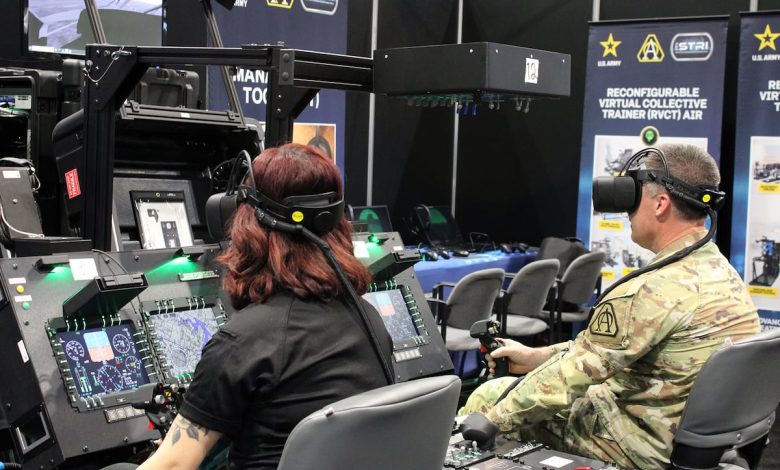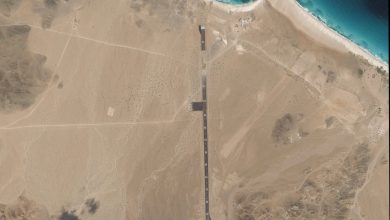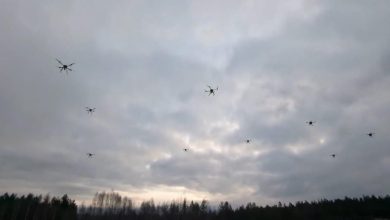New Army-funded tech creates realistic terrain, avatars in simulations

Work between the Army and an institute at a California university is perfecting a way to merge photos and videos to create a more realistic simulation experience.
The project, dubbed “3D Geospatial Terrain — Large-Scale Gaussian Splatting,” at the University of Southern California’s Institute for Creative Technologies provides such detail that users can see light patterns shift as they move around an object in a simulated environment.
In recent years, the Army has prioritized modernizing its modeling and simulations, primarily through its Program Executive Office-Simulation, Training and Instrumentation and its Cross Functional Team-Synthetic Training Environment.
Each of the services are seeking to upgrade and expand use of simulation technology for more cost-effective and safer supplements to live training.
Features of the Army-USC 3D terrain project are on display at the National Defense Industrial Association’s annual Interservice/Industry Training, Simulation and Education Conference in Orlando, Florida this week.
“It has very good potential to model very complicated environments with a lot of details,” Andrew Feng, associate director of the geospatial terrain research group at the institute, told National Defense.
RELATED
The project combines aerial drones, artificial intelligence and video/photo merging software to build high-resolution, detailed representations of real places via digital scanning. The AI then identifies and adjusts characteristics to generate a more realistic experience.
The institute, established through Army funding in 1999, garnered public attention in 2018, when technology its team created to render human-like characters in movies — such as “Avatar,” “Blade Runner 2049″ and “Ready Player One” — won a Technical Achievement Award at the Oscars for a high-resolution facial scanning process that allowed users to digitize “every facial expression down to a tenth of a millimeter.”
At that time, the Army used the technology for a program called “Digital Survivor of Sexual Assault,” which allows soldiers to interact with a digital speaker and hear the speaker’s story, according to an Army release.
The IITSEC trade show, launched in 1966, encompasses cutting-edge technology geared primarily toward training needs for the military services using modeling and simulation technology.
Nearly 10,000 visitors attended the 2023 conference, which featured 517 companies from about 60 countries, according to conference data.
Todd South has written about crime, courts, government and the military for multiple publications since 2004 and was named a 2014 Pulitzer finalist for a co-written project on witness intimidation. Todd is a Marine veteran of the Iraq War.
Read the full article here






